As I sit here in the bed of a borrowed Nissan truck watching SVV bleach mold off the upper level of a two-story building in East Tennessee, I can’t think of how different our lives were three years ago. We were traveling nonstop while also prepping for our first mural in our off days, and the purpose of that particular undertaking was to do a one-time community improvement project to help inject life into the Manchester square. Well, one mural became three in six months became us converting to a federally recognized 501(c)(3) organization—and running a nonprofit is nothing like I thought it would be. Not even close.
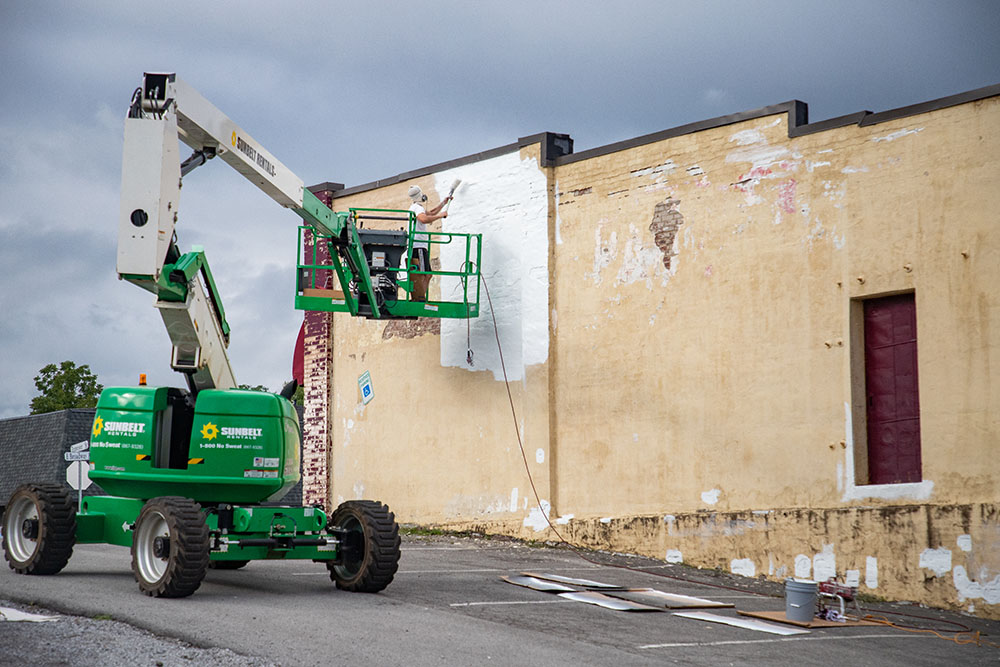
And while our day jobs are still very much rooted in journalism, storytelling and tourism marketing, it’s no big secret that running a nonprofit has consumed a lot of our time and bandwidth—and we are especially grateful this past year to have something joyful to throw our energy into full-force.
Our public art nonprofit work to date
As we hit our three-year anniversary running DMA-events, the creative placemaking and public art nonprofit we founded as a way to change a community with a coat of paint, and launch our fourth mural season, reflecting back on the past few years is rather astounding:
- We’ve executed (or are in the process of installing) 30+ large-scale mural projects in more than a dozen Tennessee communities.
- We have produced multiple free events for the community.
- We completed a major state-wide initiative honoring the 19th Amendment centenary.
- We, most recently, launched a graffiti abatement program in my hometown.
- We have worked with countless artists at all points in their careers, not to mention some amazing city governments and CVBs who have backed our efforts.
- And we have contributed more than $250,000 in public art resources to my home state.
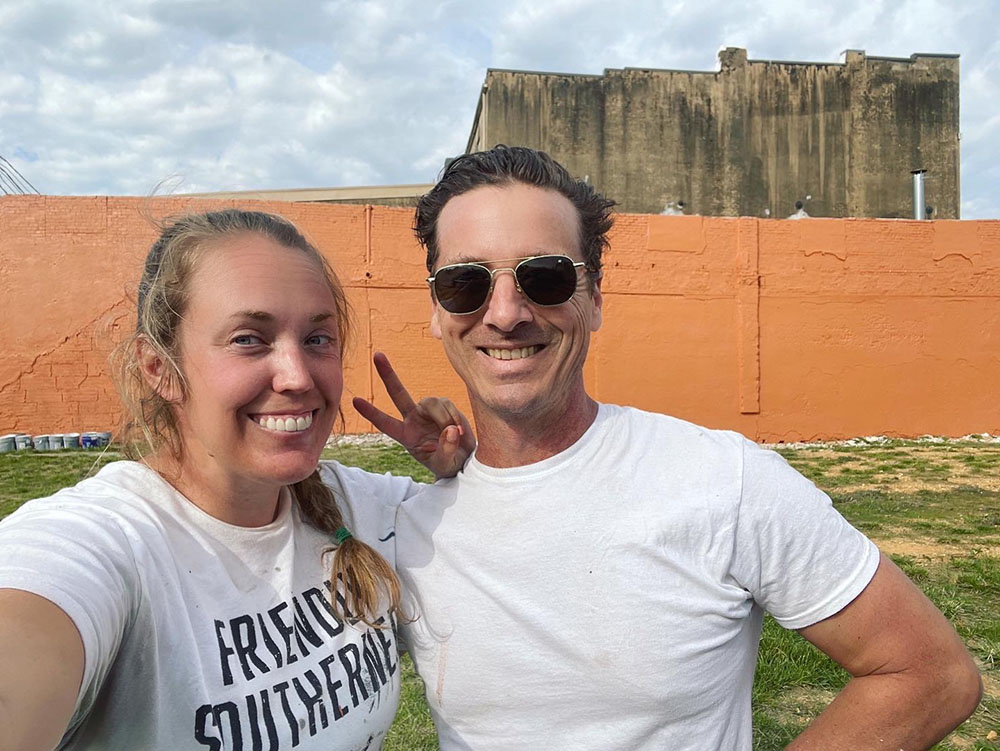
And to say we’re proud of what our little baby nonprofit has done in three years is an understatement.
But if you think running a nonprofit devoted to public art is all fun and glamor and rolling up your sleeves and doing art, that couldn’t be further from the truth. Stick with me here.
The reality of running a nonprofit
We’re what we like to call a full-service mural operation. Our backgrounds as writers, photographers and tourism marketers mean that we handle all the storytelling, promotion, media and PR surrounding each mural install, but SVV’s past life as a painting contractor also means we do all the manual work, the real dirty work involved in breathing new life back into an old building.
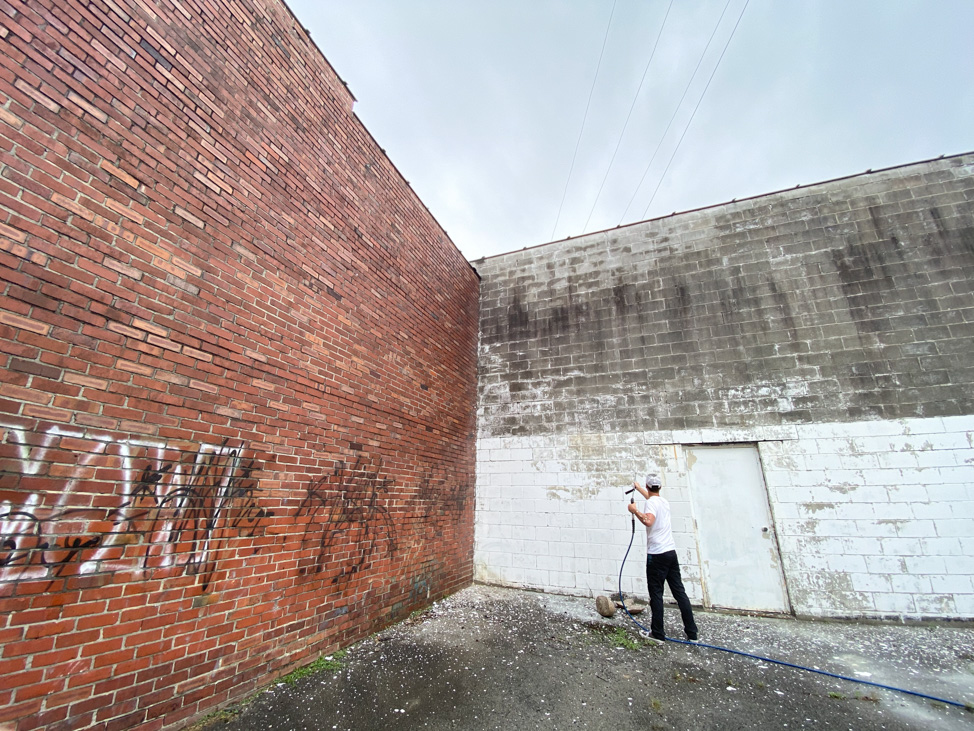
We handle everything from concept to install to artist management to marketing the final product. But what I’m talking about today is the manual labor behind producing public art (not to mention the resources required).
We fix up every building while we’re at it
We tend to identify some of the most busted buildings in the towns in which we’re painting, but we also target high-profile areas like Main Streets or town squares. Sometimes the two are not mutually exclusive; there’s usually at least one building (often, more than the majority) in downtown cores that could use a fresh coat of paint, like the below building as the entrance to Maryville’s downtown.
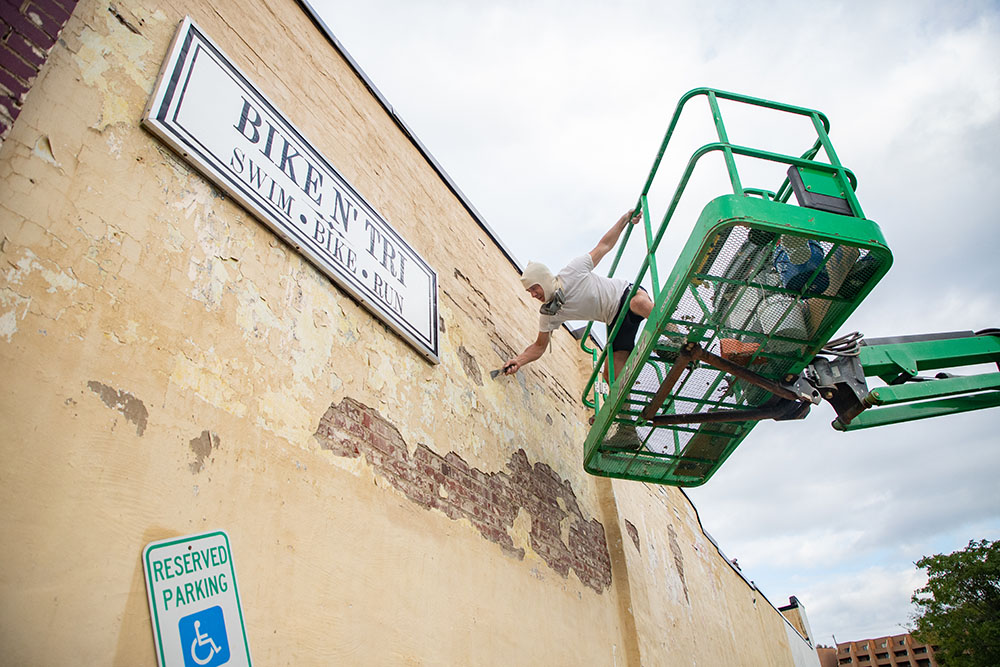
And often, there are buildings that need extensive masonry manicuring, too; we do that, as well.
From the chipping off of loose stucco to patching massive cracks in the concrete, SVV and I have tackled a bit of everything by way of commercial building renovations in the past few years. In fact, we’re just home from a 48-hour stint in Sweetwater in which we completely transformed an old interior wall that was exposed in a demolition and pressure-washed another brick building in preparation for our next mural install.
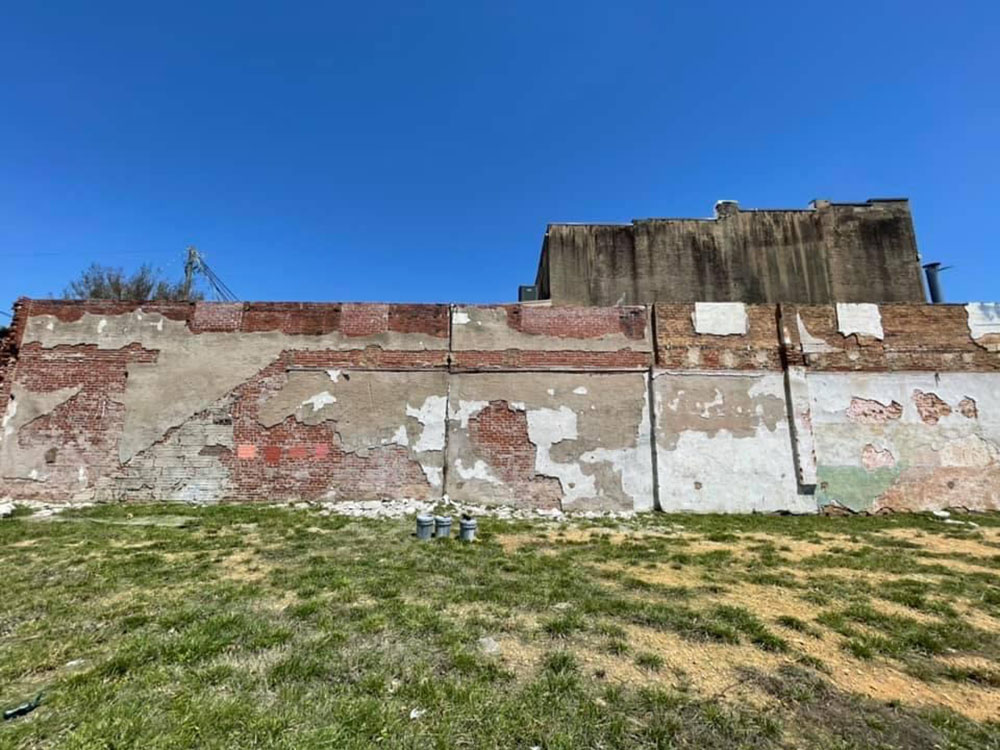
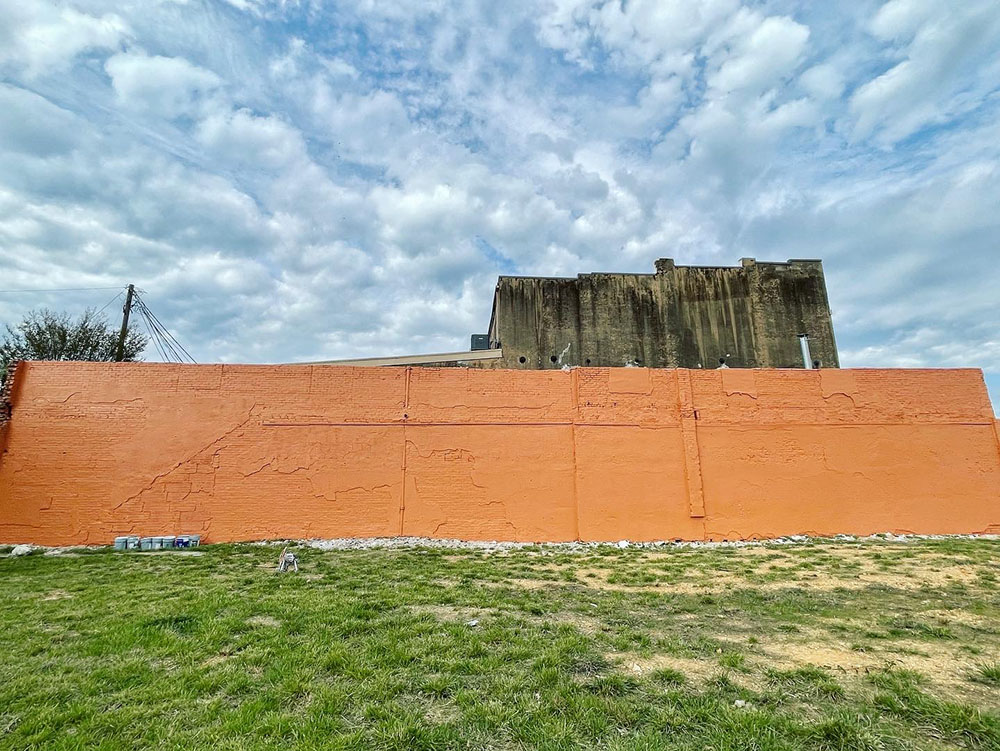
the 109-by-19-foot wall we scraped and painted this week: Monday (before) versus Tuesday (after)
The first few weeks (or months) of a new mural project take place inside of our office: multiple phone calls or Zooms incorporating all players involved, making sure we have a property owner agreement in place, budgeting, booking all equipment and purchasing materials, securing any permits needed to close streets or block sidewalks, and—most importantly—engaging an artist in a contractual agreement and getting them to work on the concept.
But then comes the dirty work, usually the week before the artist begins painting. We spend the necessary time doing what it takes to prepare the wall to the best of our ability before the mural is placed. This 60-by-30-foot wall, for example, took us six days of prep work before the artist even began.
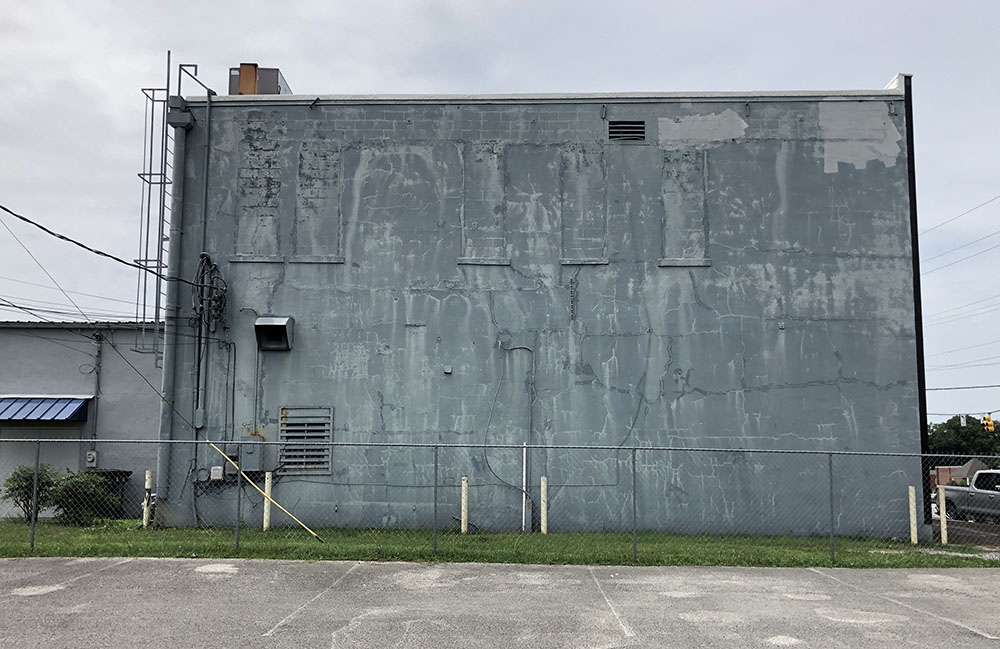
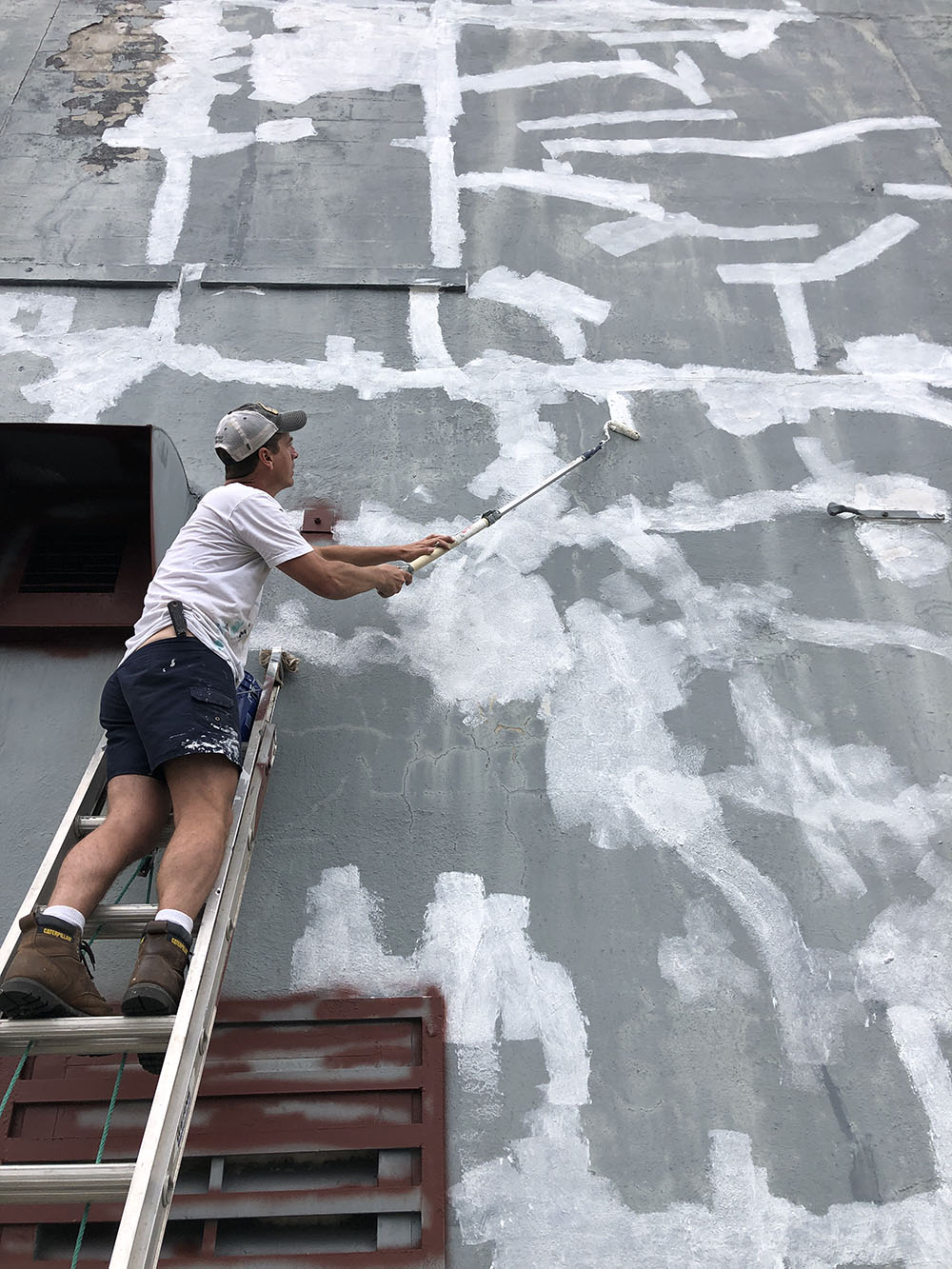
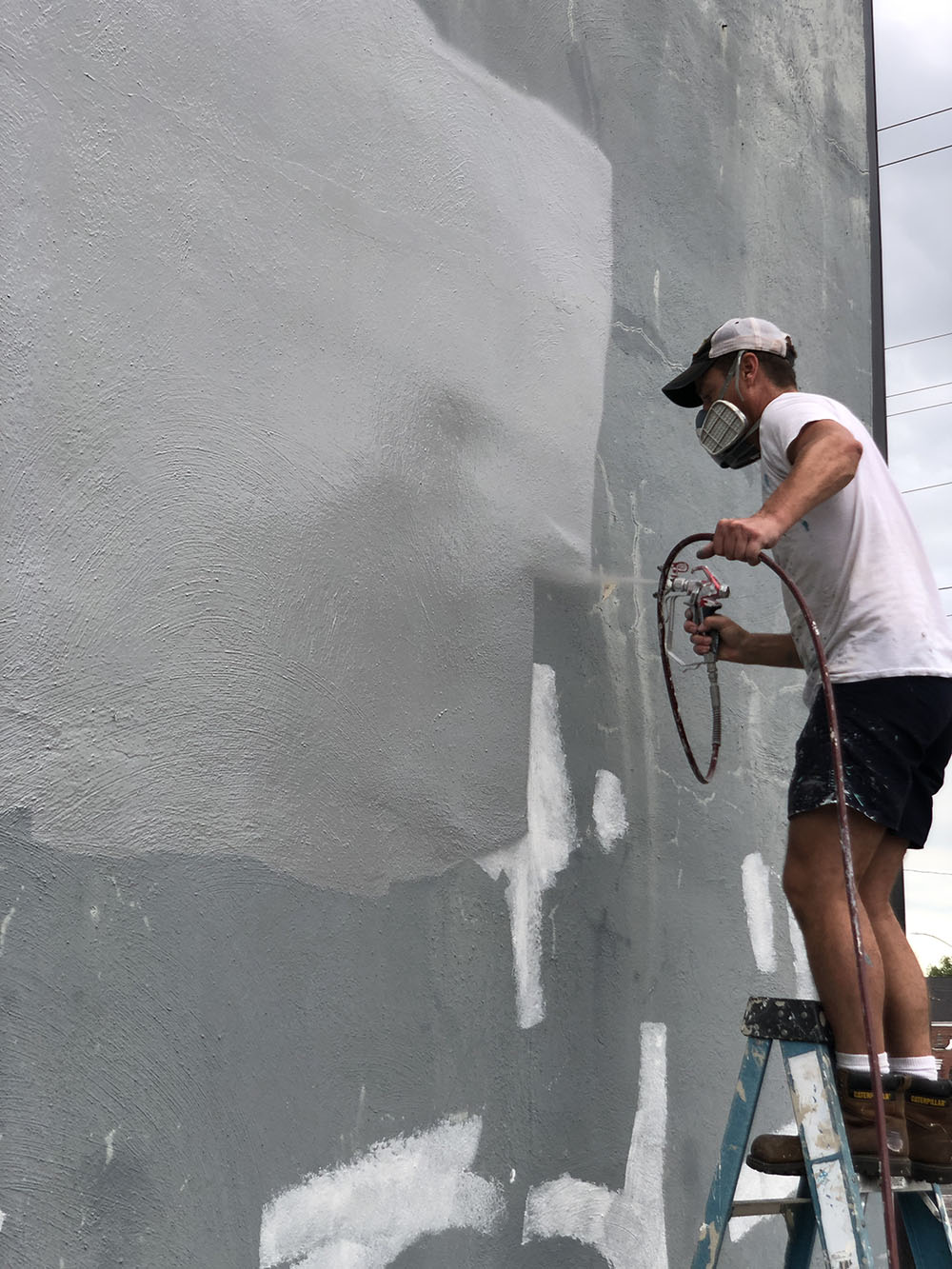
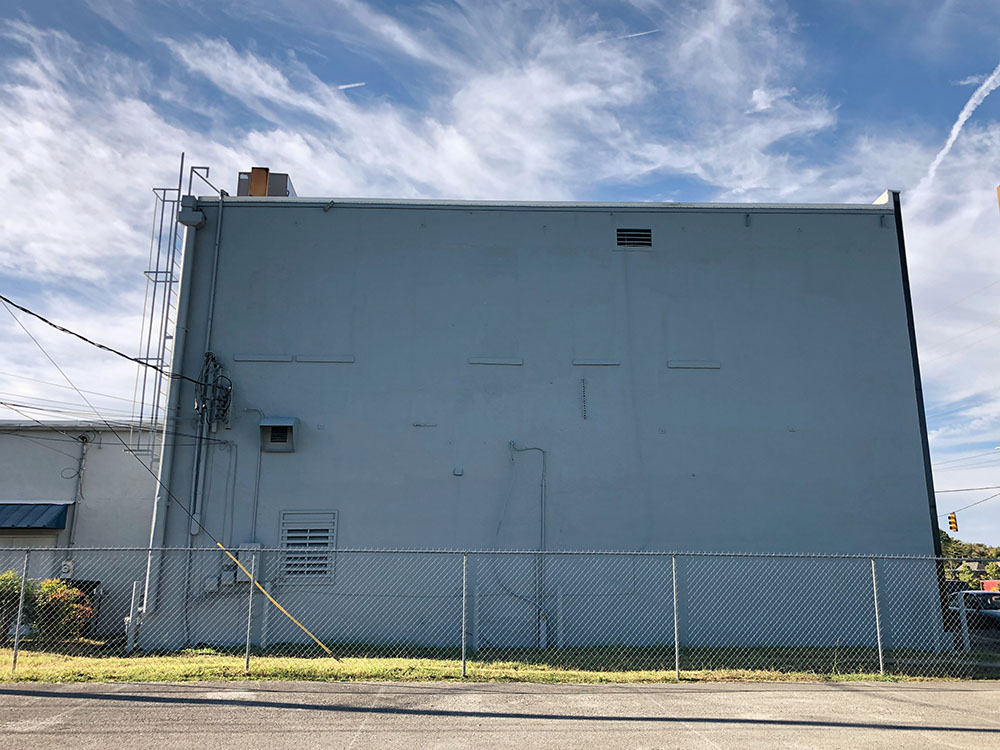
The result, though, was a perfect canvas that Nathan Brown’s “Landscape of the Heart” will live on for years, if not decades. Imagine if he’d just painted on the previously peeling wall—this colorful beauty might have already reached its shelf life, which is why we put in the hours required to make sure that no mural meets a premature end. Every mural should last as long as any regular coat of paint you’d put on your own house or commercial building.
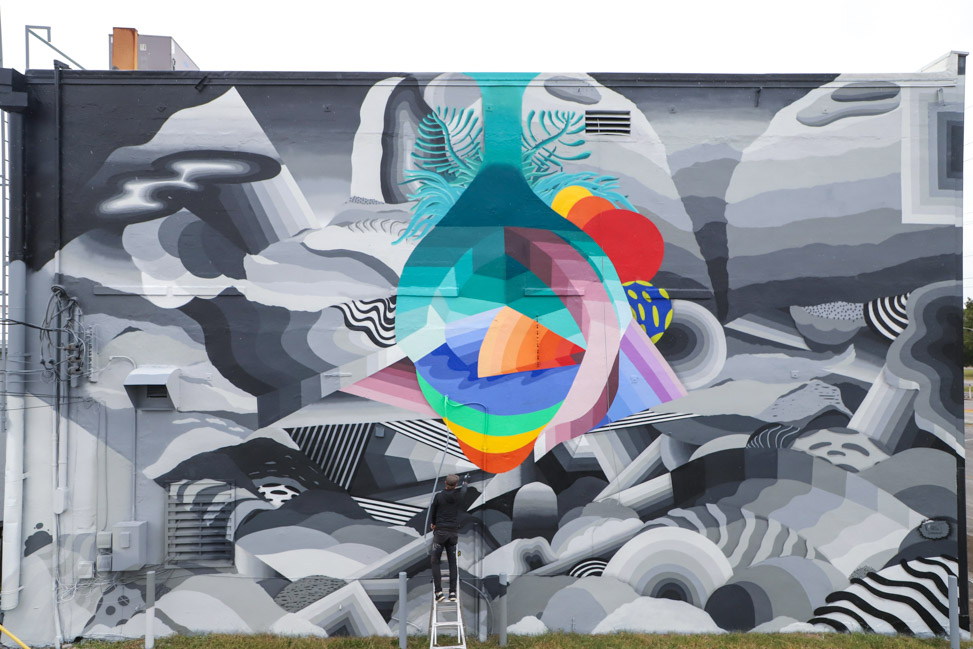
It’s dirty work in the most literal sense of the term: We are forever covered in bleach, sunscreen and paint of every color, and we are not complaining (my skin is, however, from multiples days of having a sweaty respirator strapped to my face).
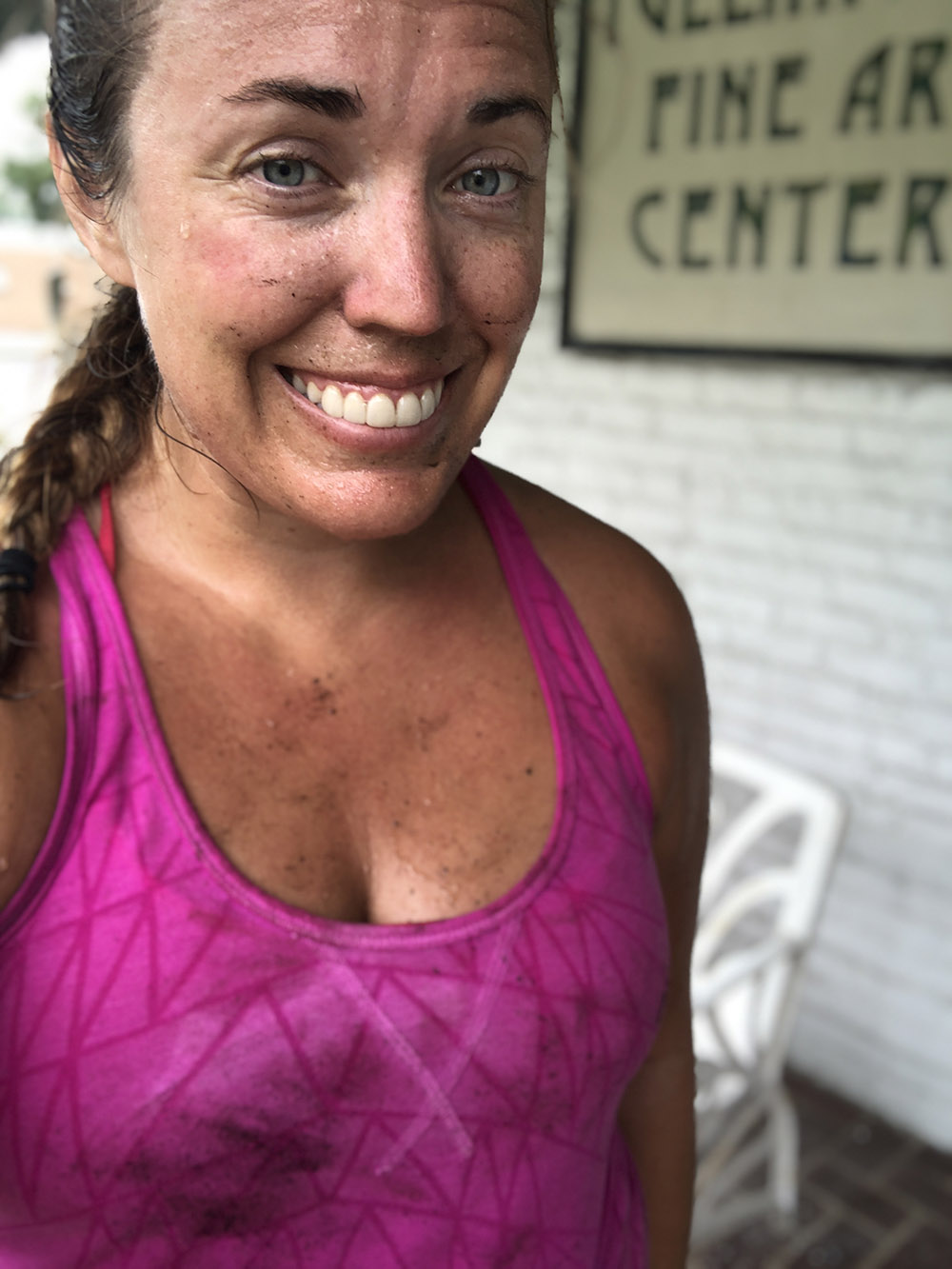
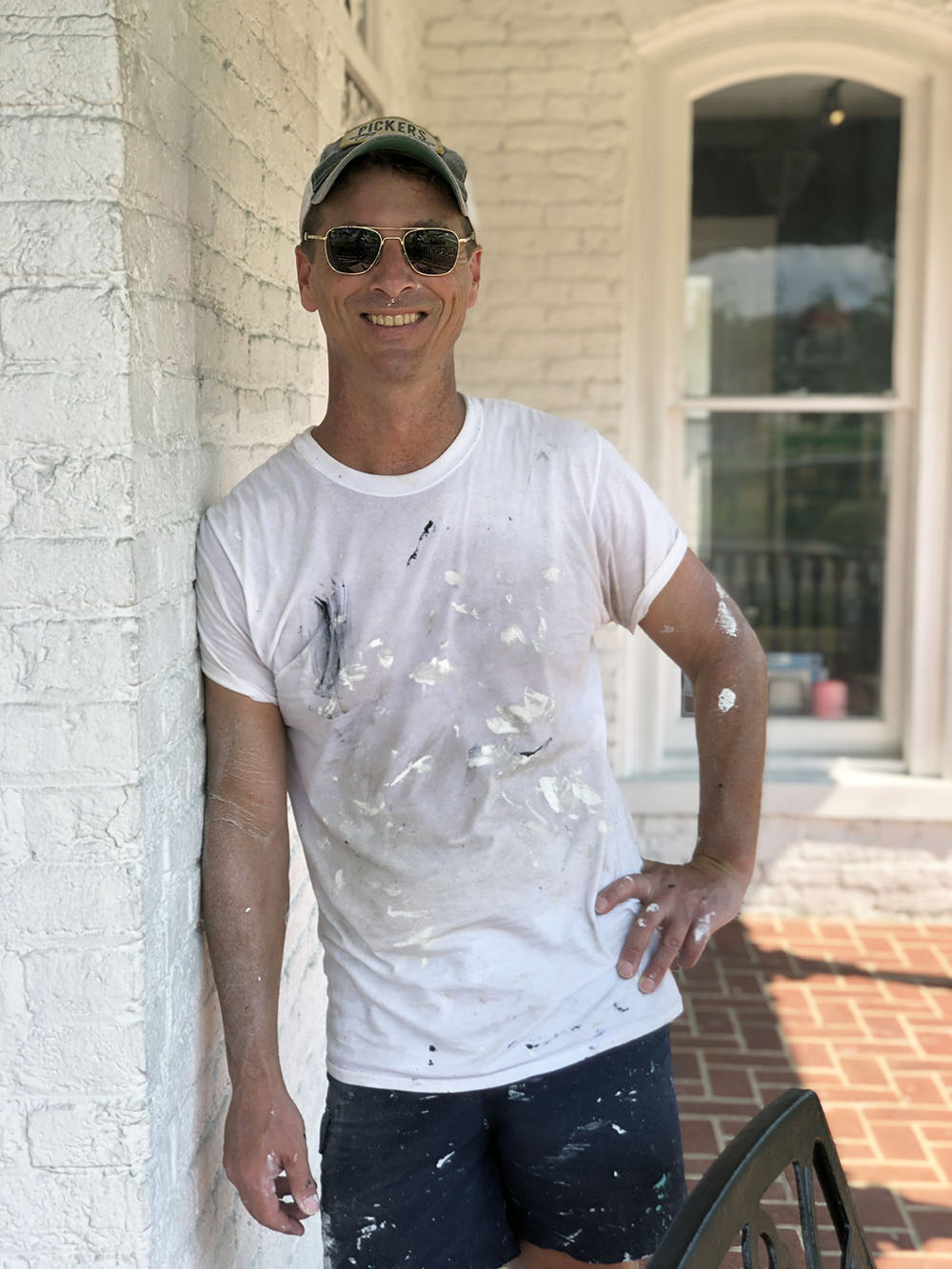
We travel to towns without resources
Our big passion point is finding small communities that need a facelift and those that have no existing public art. But do you know what this means? They also often don’t have readily available resources like a paint store. And as big of planners as we are—and as much as we’ve done this work now—we are forever forgetting something, underestimating our paint order or finding ourselves in a pinch where something broke and we need a part.
Which means, these projects always take longer than they should.
We’ve started factoring in a 30 percent time buffer for weather and equipment delays because when working outside, you never know what Mother Nature (or Fate) may throw your way. This week, for example, while patching, priming and painting the aforementioned wall, we ran through paint like a runner sucking down water after a marathon; it took 42 gallons and three additional trips to the paint store to complete it thanks to how the surface soaked up paint.
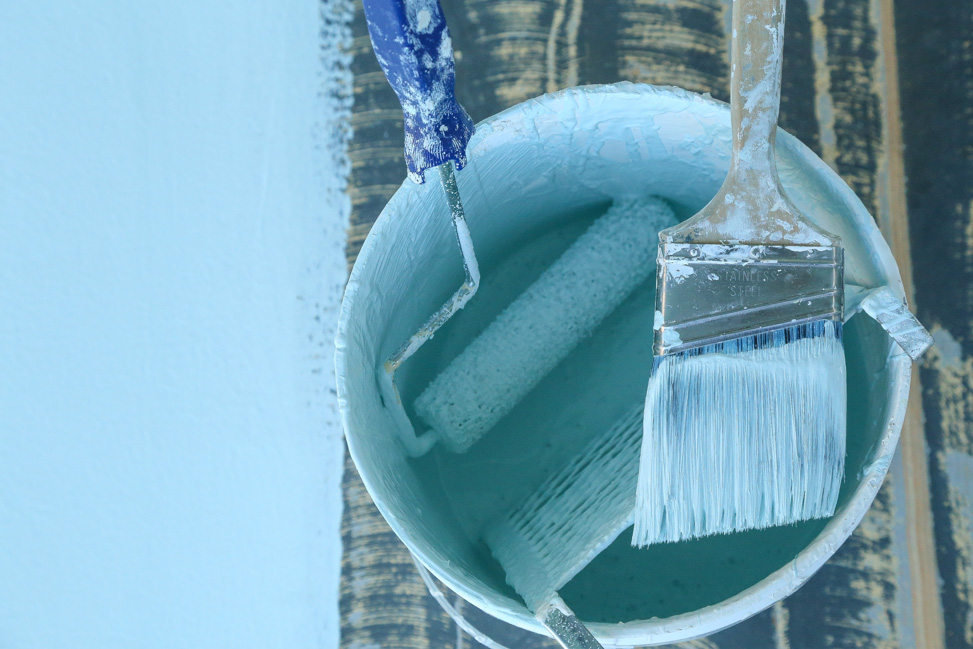
Now, that’s not a big deal; we’re well-known at many Sherwin-Williams locations in our area as we’re constantly popping in for a paint top-up or other supplies. But this particular job site was 26 minutes from the closest paint store, meaning an extra 52-minute drive (plus time in the store) three times in 24 hours.
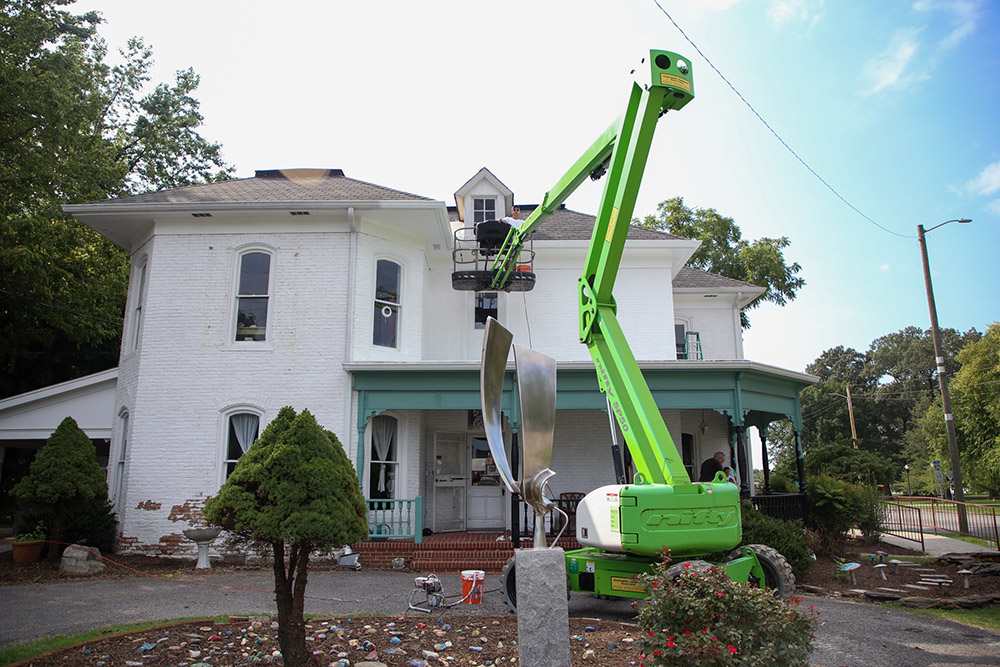
Finding the proper lifts we need in smaller communities has been tricky, as well. We finally hacked this last year during Walls for Women and ordered all of our lifts from Sunbelt Rentals. They have excellent equipment, customer service and locations everywhere (at least in the South), plus on-time delivery always. I could not sing their praises more highly.
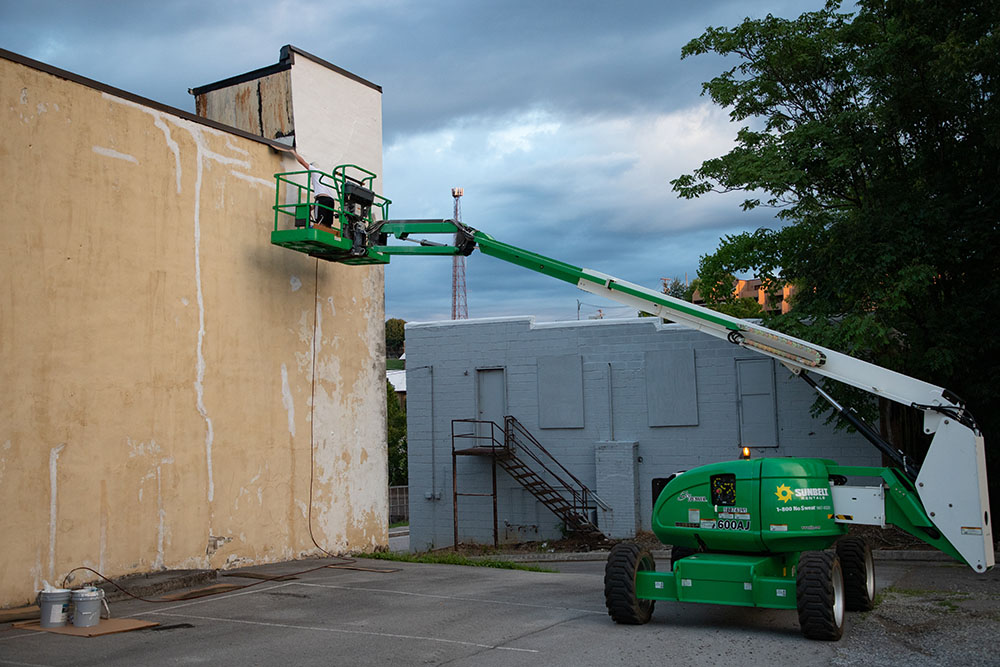
Still, it’s always important we plan ahead for every little thing and check off all the boxes before we leave our house, lest we find ourselves in a pinch.
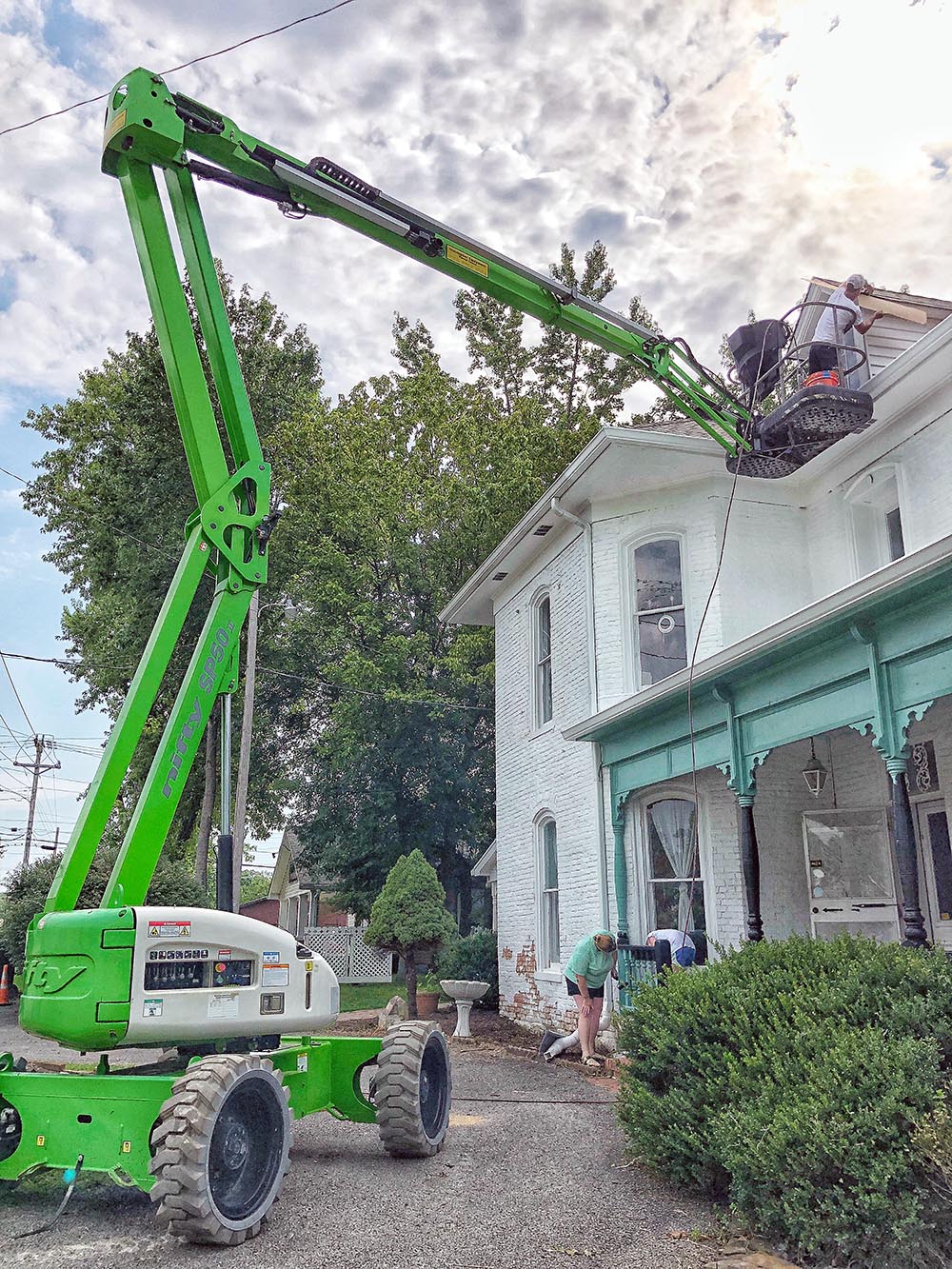
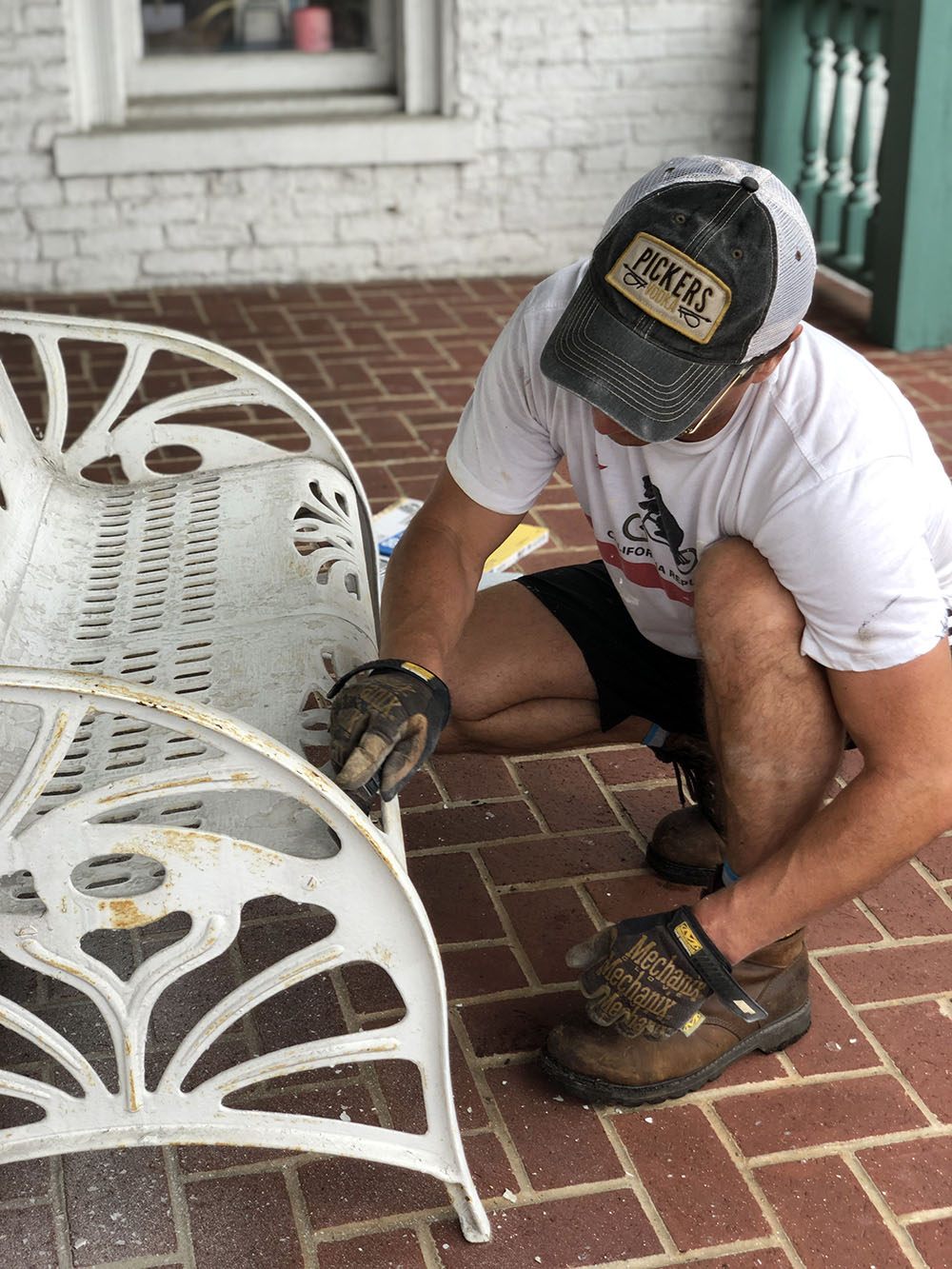
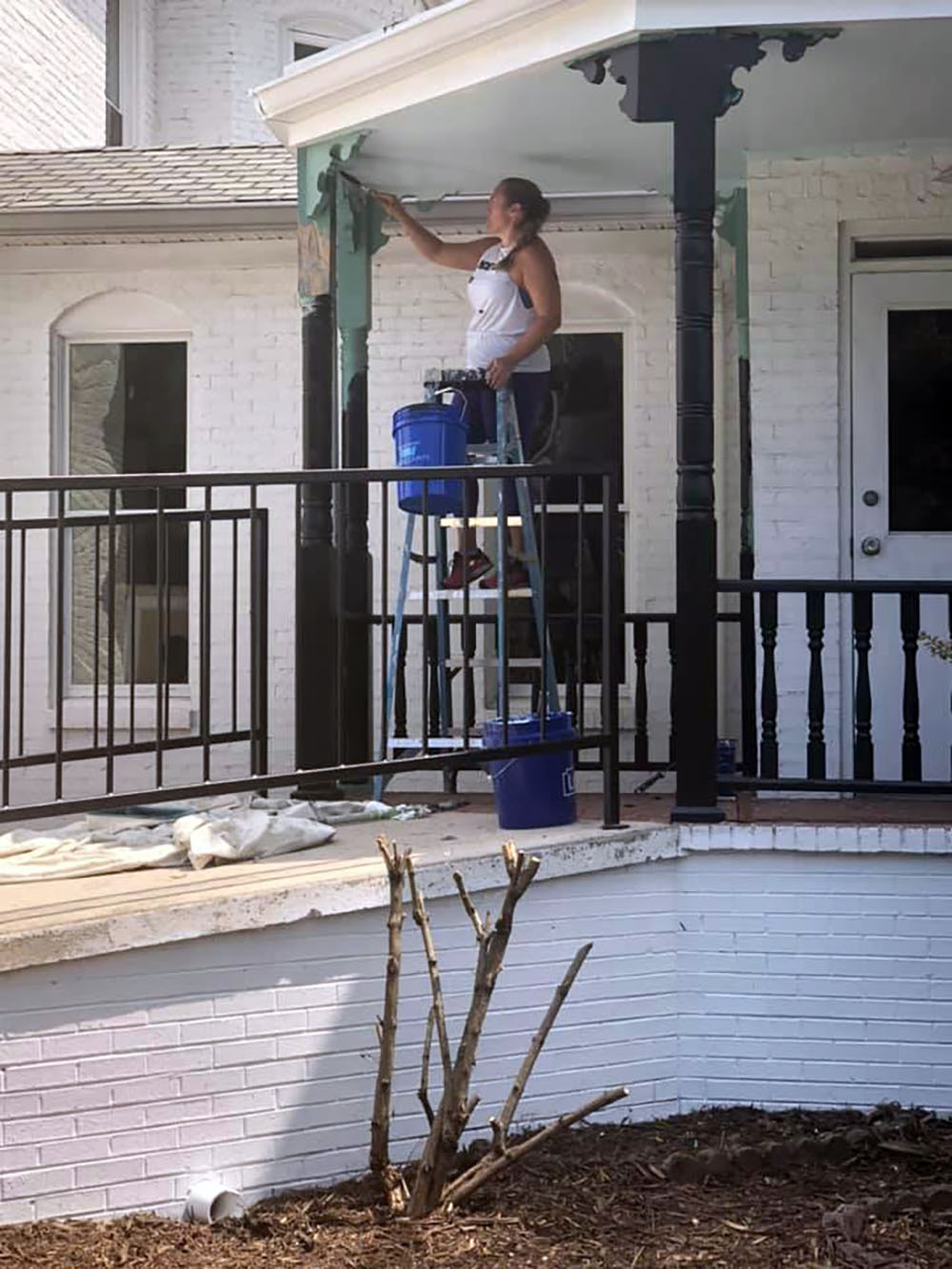
Materials are expensive
Not only is running a nonprofit literally full of dirt and grime, but it’s not cheap either, particularly when you’re using professional-grade paint products for every single project. Even with our contractor’s discount, we spend a small fortune of our nonprofit funds on paint: A single wall can take as much as 50 gallons just to prime and base-coat before an artist even begins.
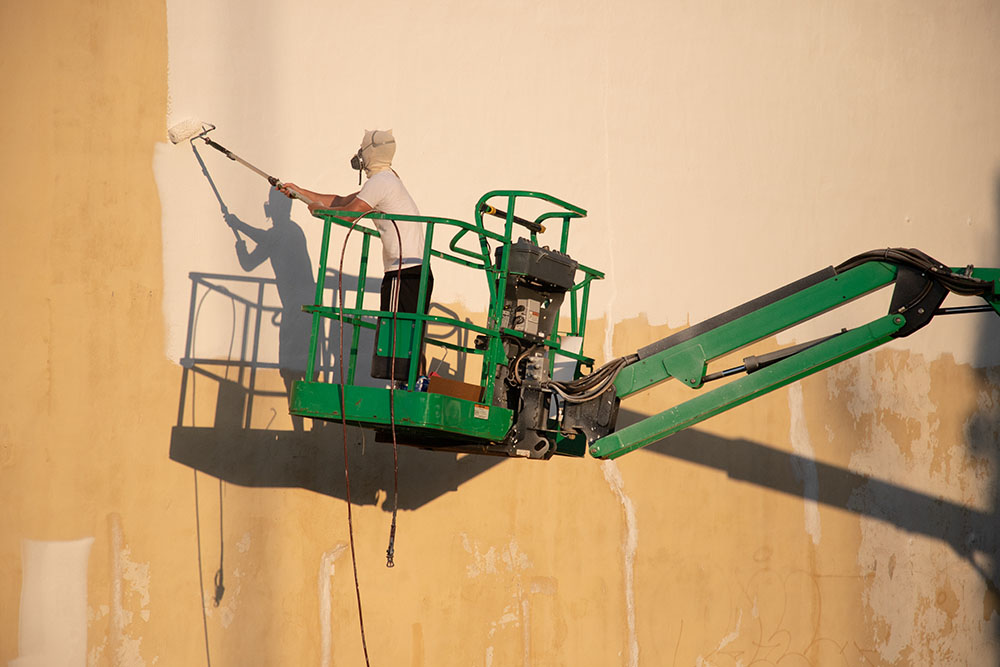
We believe in using high-quality products for every job we do no matter how small as we want them to last decades, so we will never skimp on things like paint and other necessary materials. Usually, after patching and prepping a wall that doesn’t have paint, we use a Loxon primer and back-roll for it to really soak in before doing a topcoat (sometimes two) of the base color.
That said, paint is expensive even with our discount, and one mural alone last year cost us $4,000 in paint (and meant we went way over budget and had to dip into our reserves). So if you reach out to a muralist group to paint your wall or even a commercial painter to paint your house, don’t balk at the quote if materials are included (which they always are if you’re working with us).
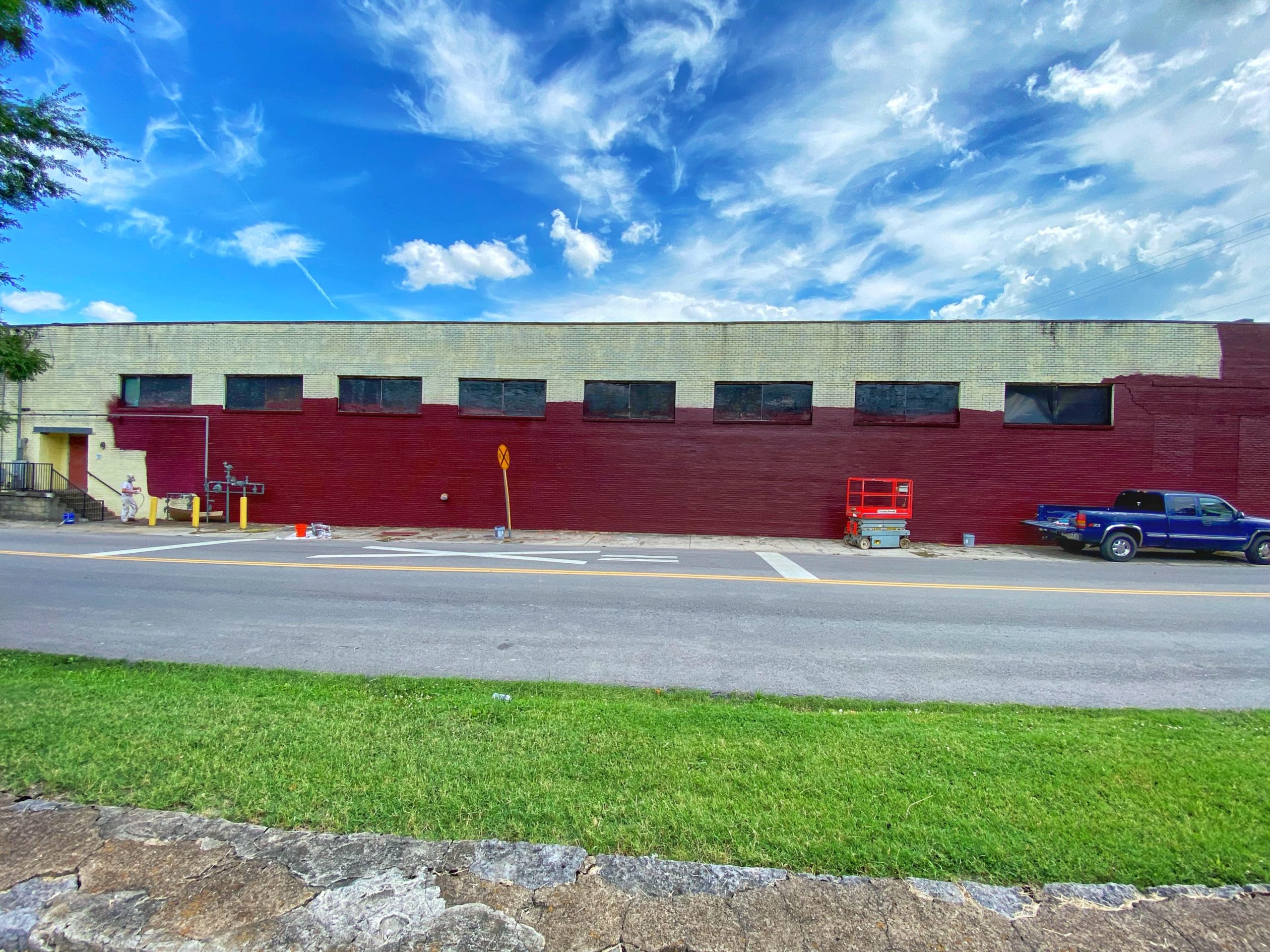
This is also why community partners, project champions, and outside groups coming in to underwrite the project or assist with the fundraising are so helpful. We appreciate it more than you know.
Building owners can be fickle
For every Memories Antiques or Printshop Beer Co.—two amazing small businesses we worked with last year for Walls for Women—there are three property owners who just don’t get it. What if, God forbid, someone in the town doesn’t love the art? is always the question we get. To which we respond, but what if they do?, leaving out the obvious fact that if their building needed fixing up to begin with, there’s nowhere to go but up when it comes to public sentiment.
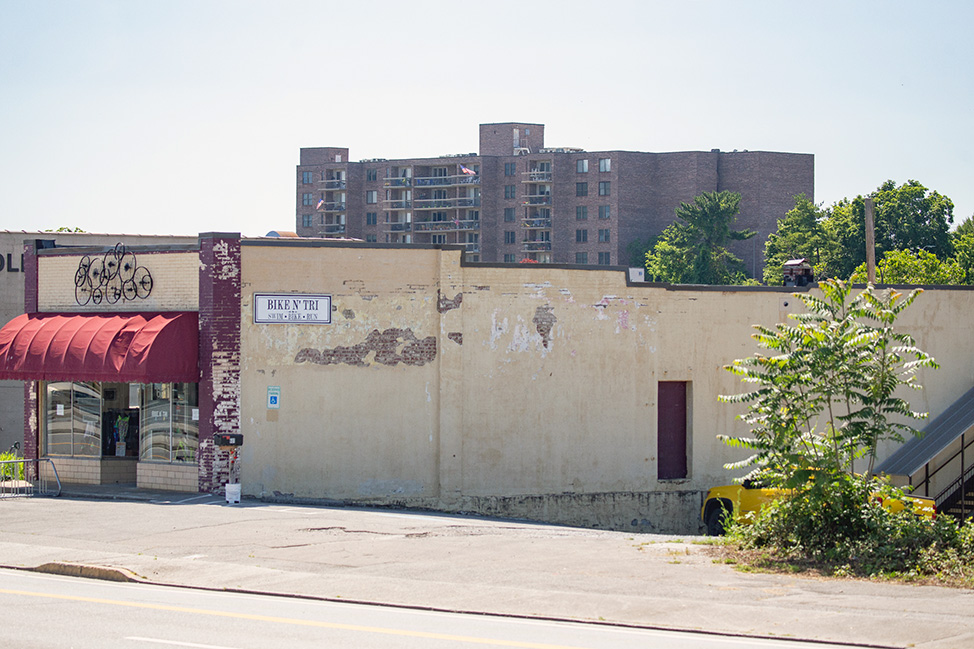
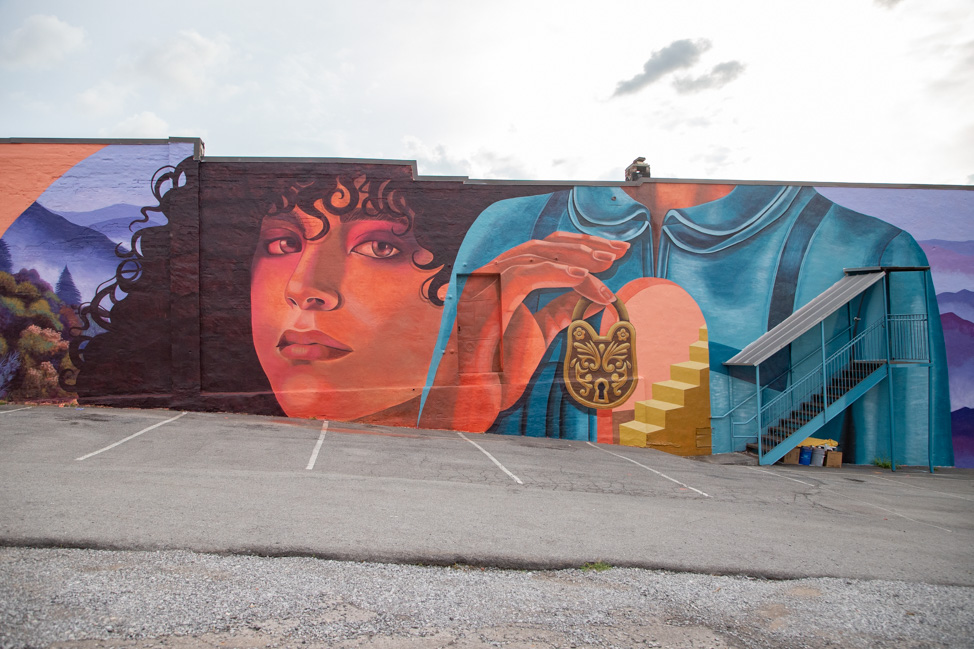
Will Norris, owner of Bike ‘N Tri in Maryville, was one fantastic business owner who let us do whatever we wanted with his wall. The result is quite dramatic!
Yes, that’s right: They think they should get to dictate the art. Well, you know how we feel about that. The trade-off for a property owner to get a free upgrade to their building is allowing us to curate a beautiful piece of original artwork as a gift to the community. Pretty simple, right?
Last year, we had to drop a project with an entity that definitely needed our help and who we were going to gift with a $15,000 paint job and mural on top of that. In the end, their board backed out because despite their building being an eyesore in the town and the promise of a free fix-up … they wanted their logo on the mural. We’re not in the business of signs, and we’re definitely not in the business of advertising through murals. That would be commercial speech, not freedom of expression, and we’re just not into painting signs.
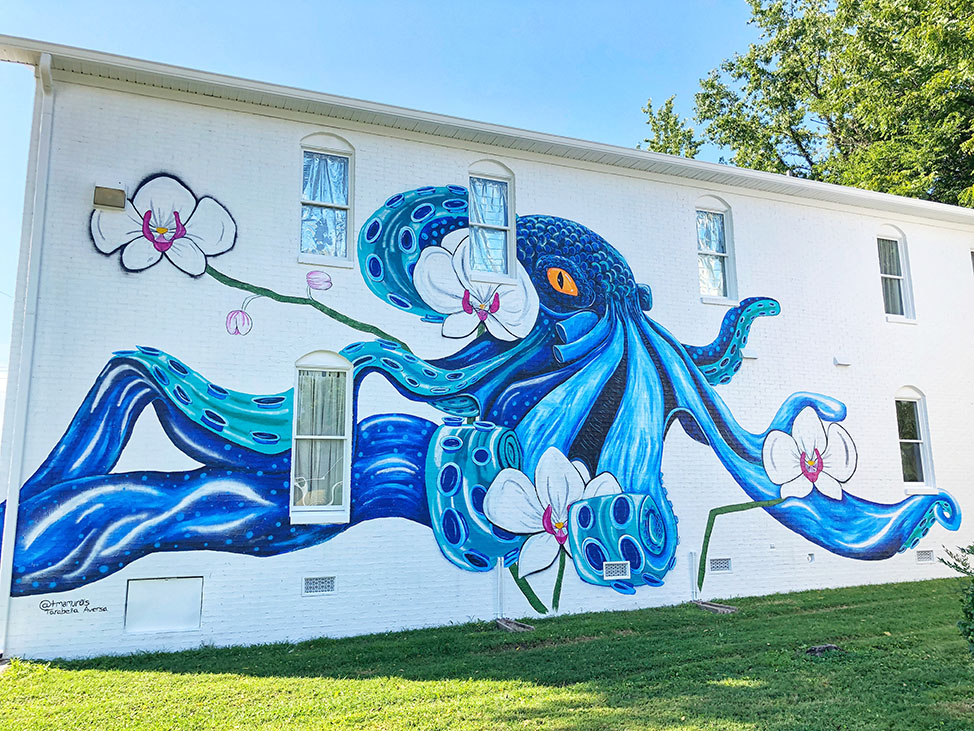
So yes, the building owner relationships can be a headache at times, and I’d say that’s what has the likelihood of sucking up the majority of time and bandwidth in each mural project: the stoking of egos, the explaining of the Constitution, the laying out of the purpose of community improvement, the potential and likely snowball effect a project of this scope can have on the community (and why signs just aren’t it) and, of course, the importance of keeping the creative in the hands of the creator (in this case, the muralist we hire).
But starting our fourth year of running this nonprofit, we’ve started to see the warning flags when a property owner just isn’t going to be a great fit for a project, and we now immediately steer it in another direction instead.
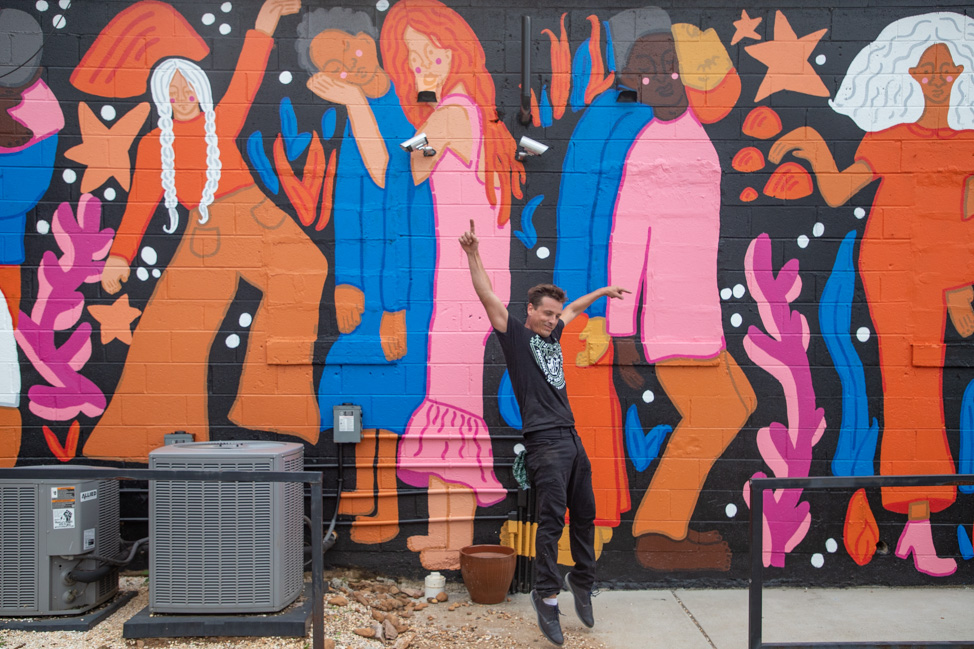
Paris Woodhull’s “Victoria” mural at Printshop Beer Co. in Knoxville
After all, you’re working with us, DMA-events, for a reason—and it’s for the caliber of artists with whom we work, the success we’ve had with past projects and the marketing attention your mural will receive. No other project we’ve done has ever incorporated a business logo or sign of any kind. Think about why that is.
We often have to lay down the law with Historic Zoning Commissions
Historic Zoning Commissions are regulatory overlays inspired by the massive demolition projects and state highway construction that firmly murdered Main Streets across the country in the ’70s and ’80s. They can be a nonprofit’s greatest ally or worst enemy, and while the goals behind their authorities are laudable, the execution of their ordinances often harm their very mission by reducing incentives for innovation and creative thinking.
SVV can smell an overbearing HZC as soon as we pull into a historically designated community: Empty or for-sale businesses are a strong indicator, as are crumbling facades and general malaise. You’d think if the overlay were doing its job after 10 or more years of being in operation, these communities would see the benefit by now but sadly, the majority of downtown cores across this country haven’t realized gains under the program, and this isn’t talked about enough.
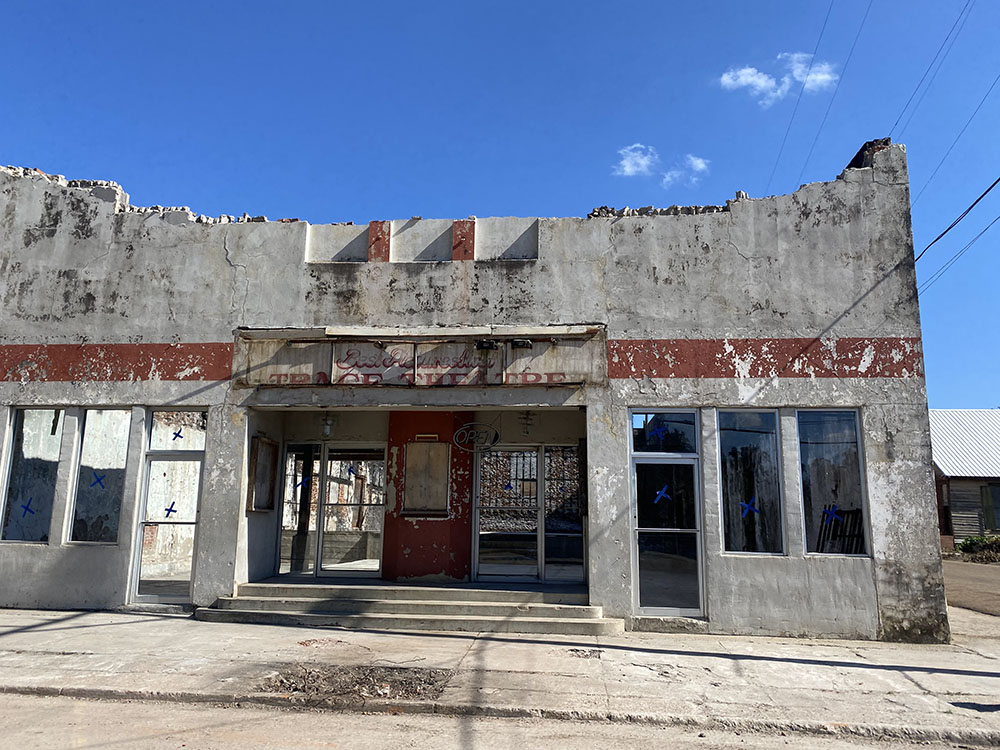
While the tides have started to turn lately—a huge shoutout to Sweetwater’s Historic Zoning Commission delightful chair Elaine, who helped expedite a COA on our project this week—the rule and not the exception traditionally has been that small-town Historic Zoning Commissions can be a hindrance for building owners who want to improve their property, but they also curb mindful growth in the process.
It’s been a joke among our friends that Historic Zoning Commissions must have heard our reputation for being rule-abiding Constitutional followers, as many a past project we think is going to fly right through, the HZC arrives on their gilded pedestal and manages to scare the building owner into thinking he/she has no private property rights and ultimately ruins the project (shoutout to the Martin HZC for going one step further and banning all art in the downtown).
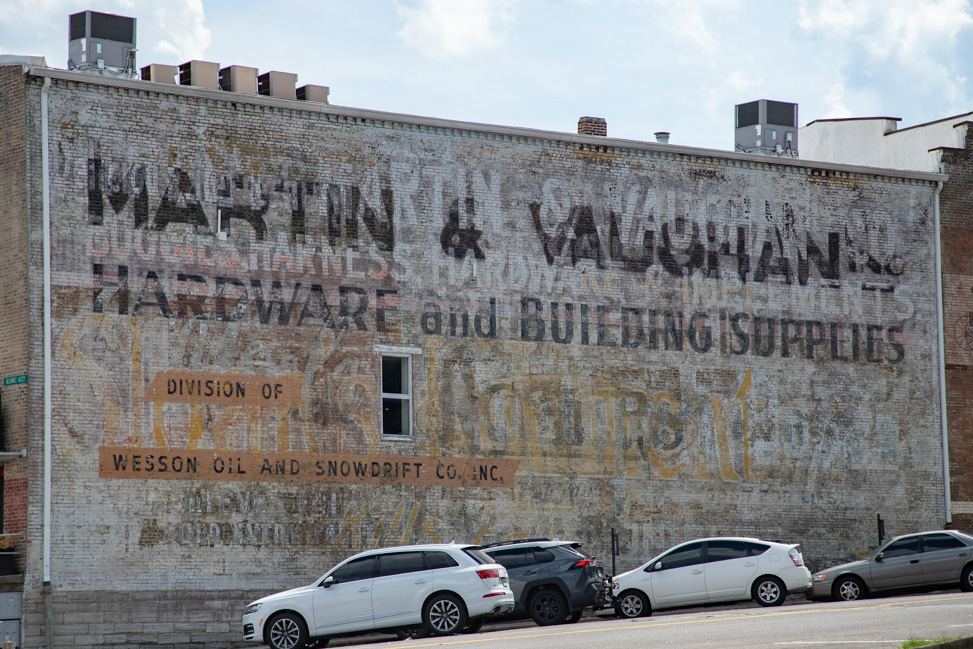
This is a topic worth addressing on another day in greater depth—are HZCs worth it? should your town be a CLG? so much inside baseball to share—but I am grateful for the Historic Zoning Commissions like Sweetwater, Lawrenceburg, Maryville and McMinnville who do get it, who realize the best way to see positive change in the community is to work with, not against the property owners and change-makers in their towns. We have many more examples of successful downtowns that get real buy-in from private property owners (the real investors and risk takers in the equation) to share when we explore this in a future post.
Still, it’s super fulfilling work, and we love it
SVV and I will both tell you we’re never happier than when we’re out there meeting people, getting our hands dirty, and helping energize forgotten buildings in communities, whether our own or someone else’s. Working with artists and having a fun creative challenge to solve together is barrels full of fun, but then you factor in how dramatically each project alters the environment in which we’re painting—from the time we start the prep work until the muralist signs the completed piece—and there’s no joy comparable to seeing that final product and community reaction.
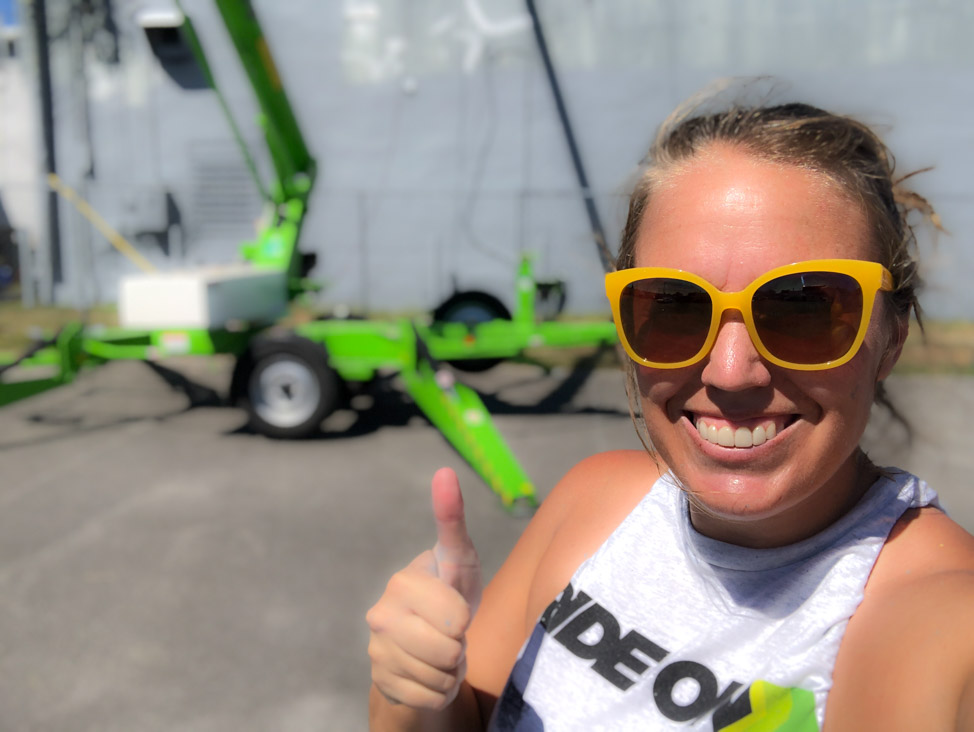
At the request of many city and county governments and nonprofits across the country, we’ve started offering public art consulting in addition to our long-time media consulting and marketing services. While we have shared plenty of free mural and nonprofit resources on our site, if you need something even more, don’t hesitate to reach out.
SAVE THIS POST FOR LATER
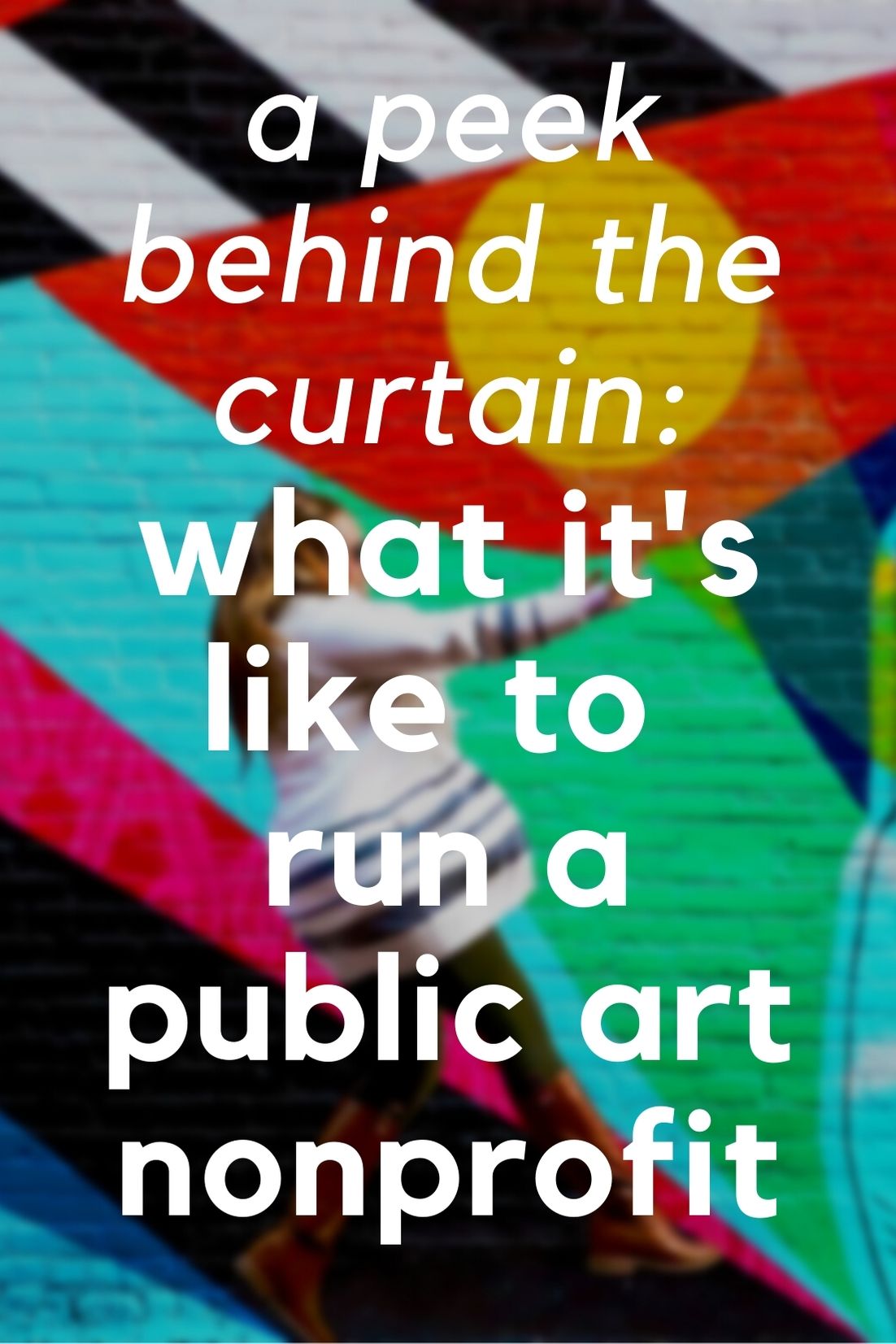
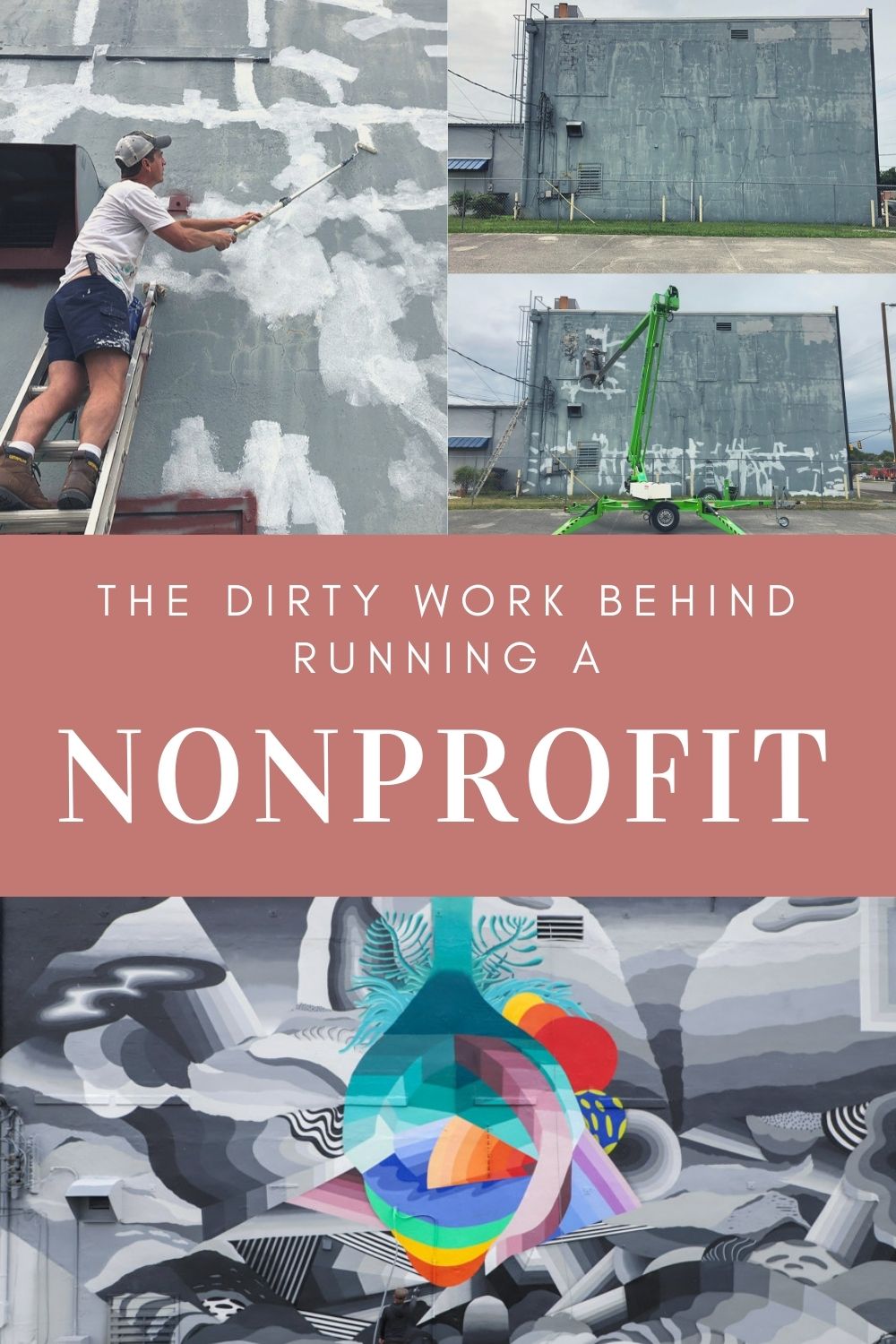
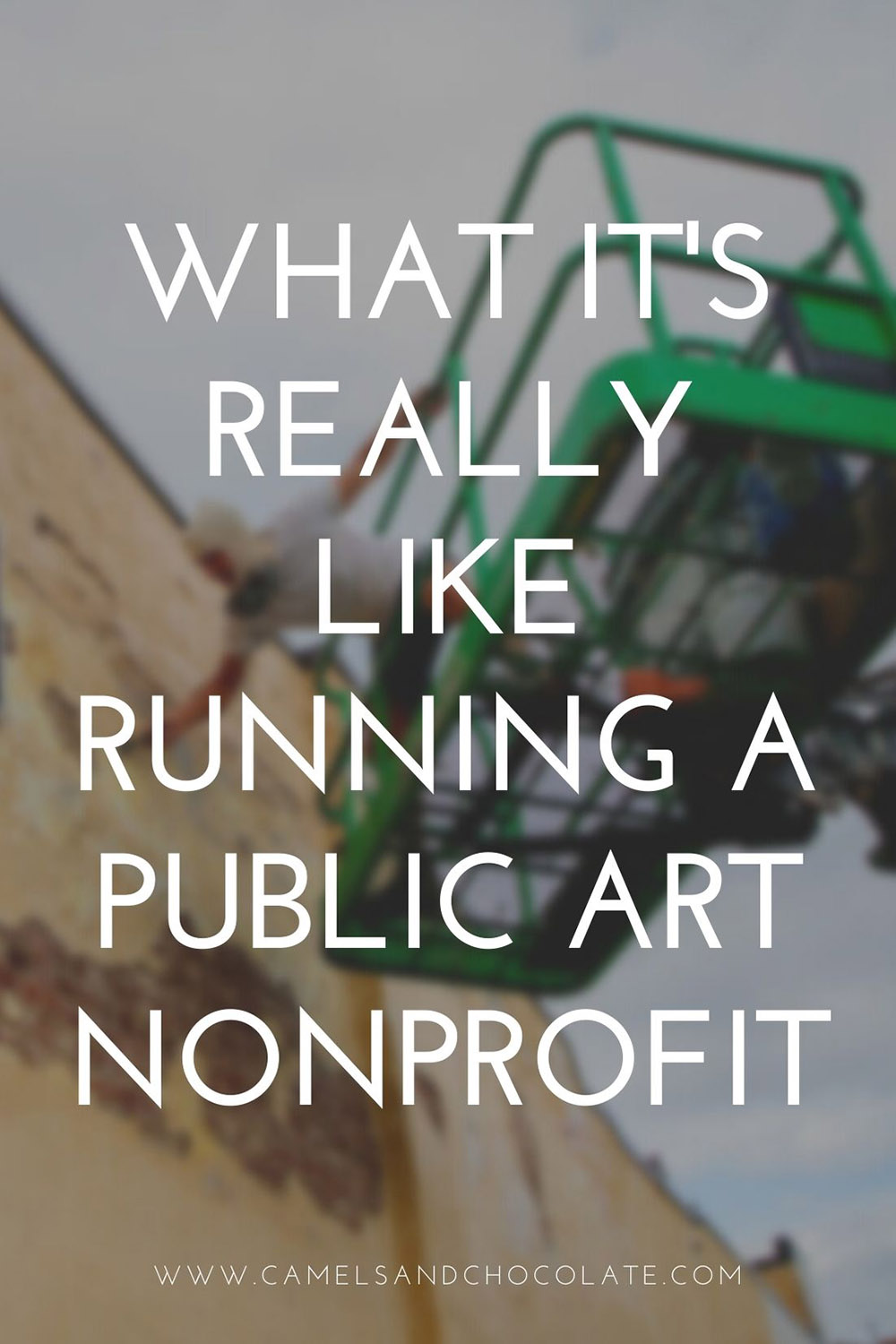
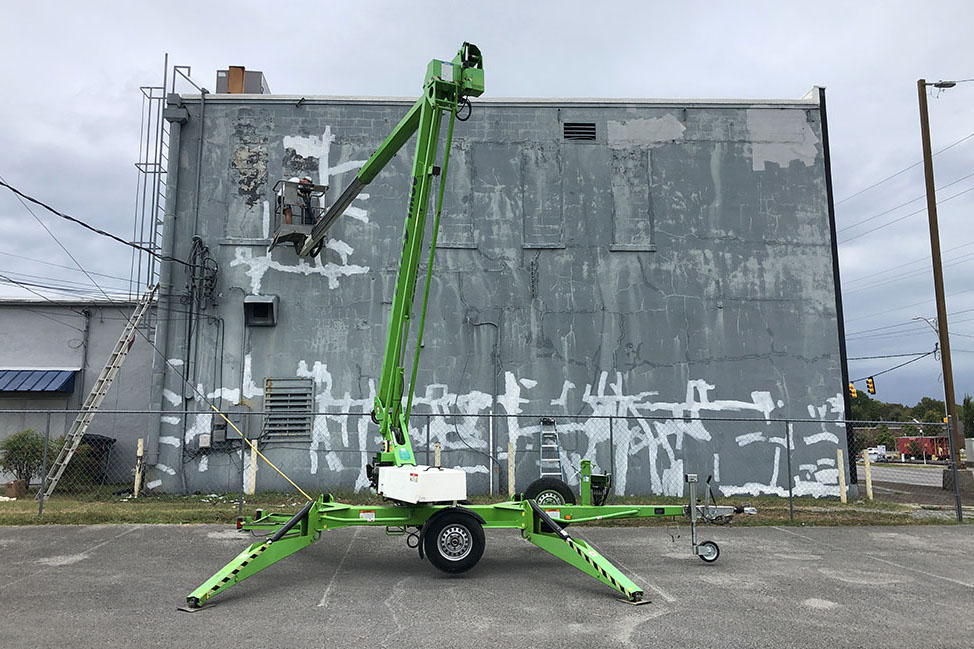

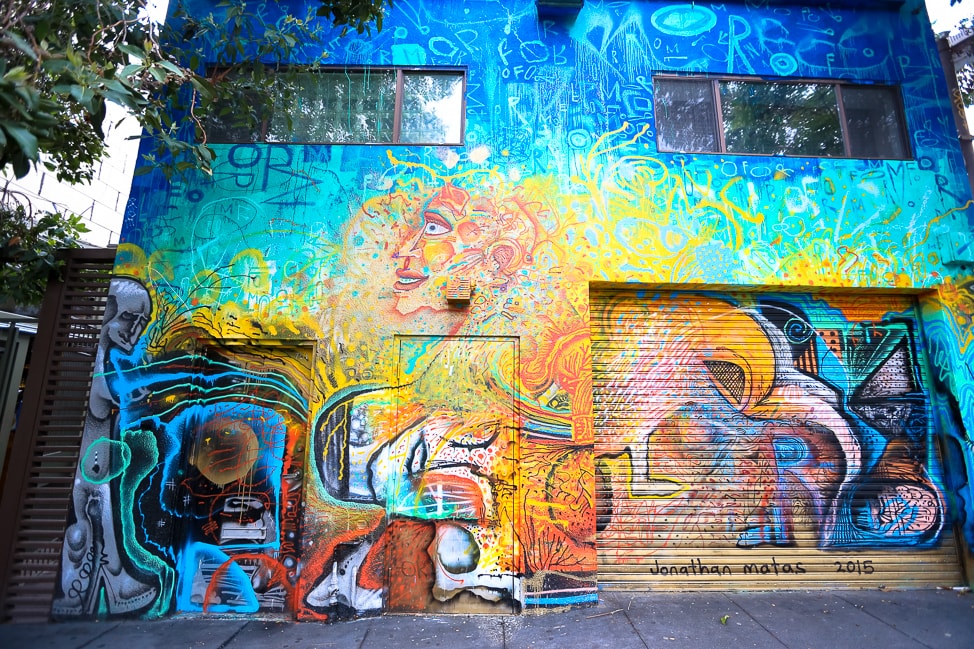
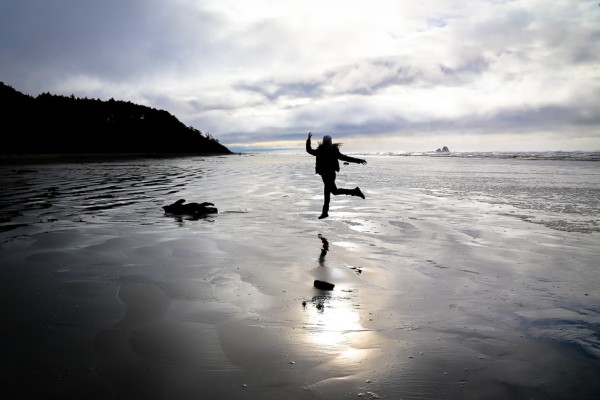










Very nice post! It’s great to get a look behind the scenes of what you all do. It seems like very interesting and rewarding work